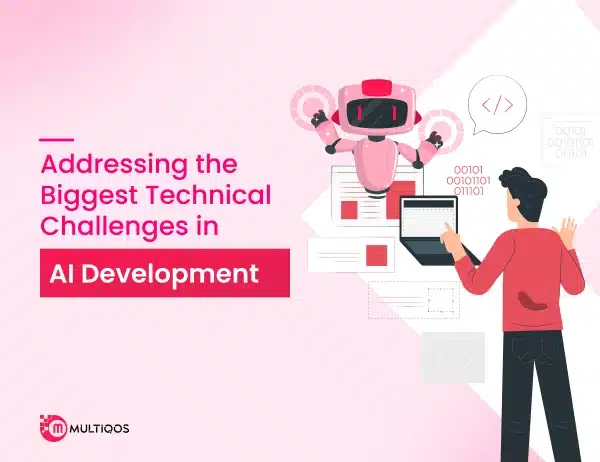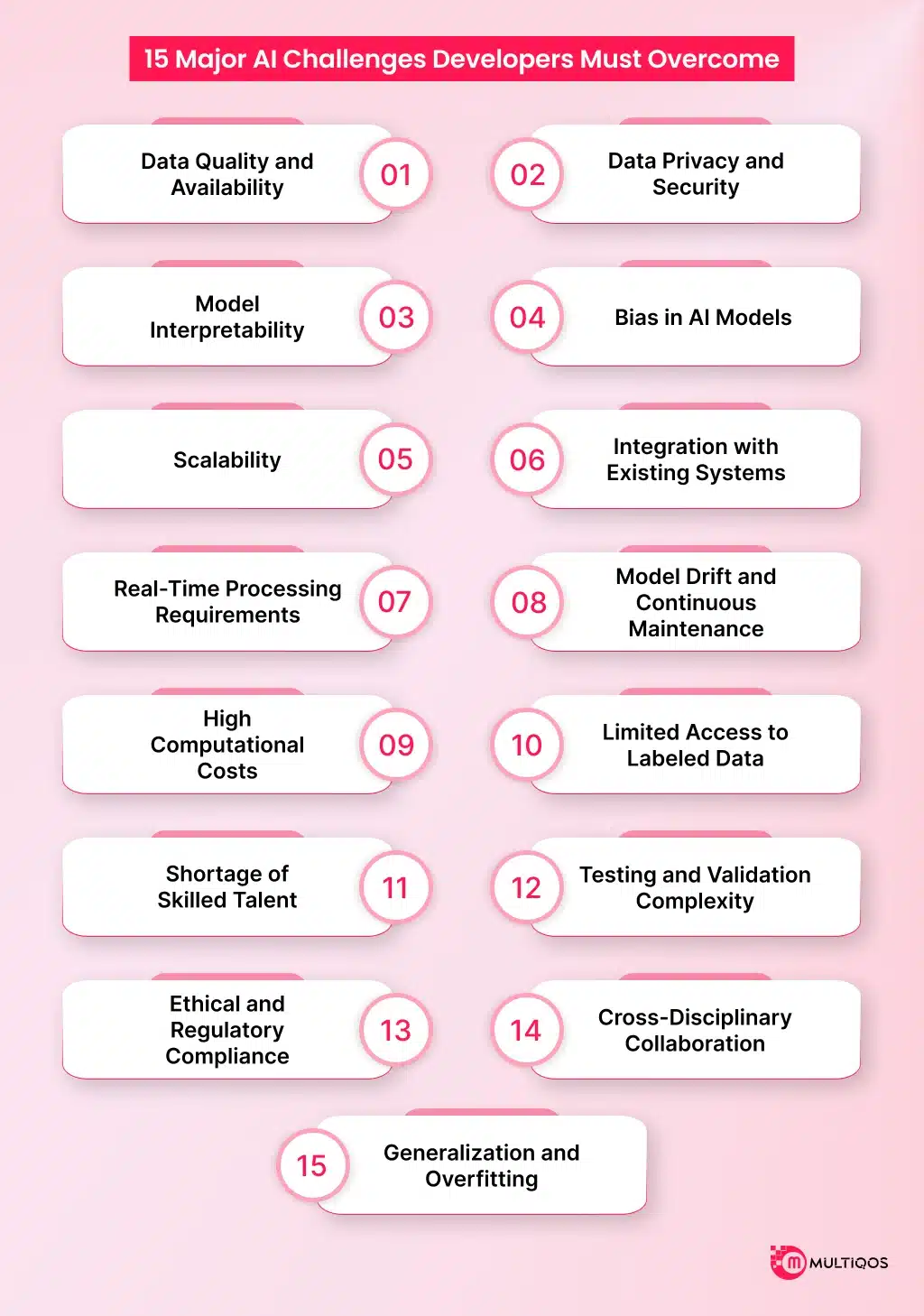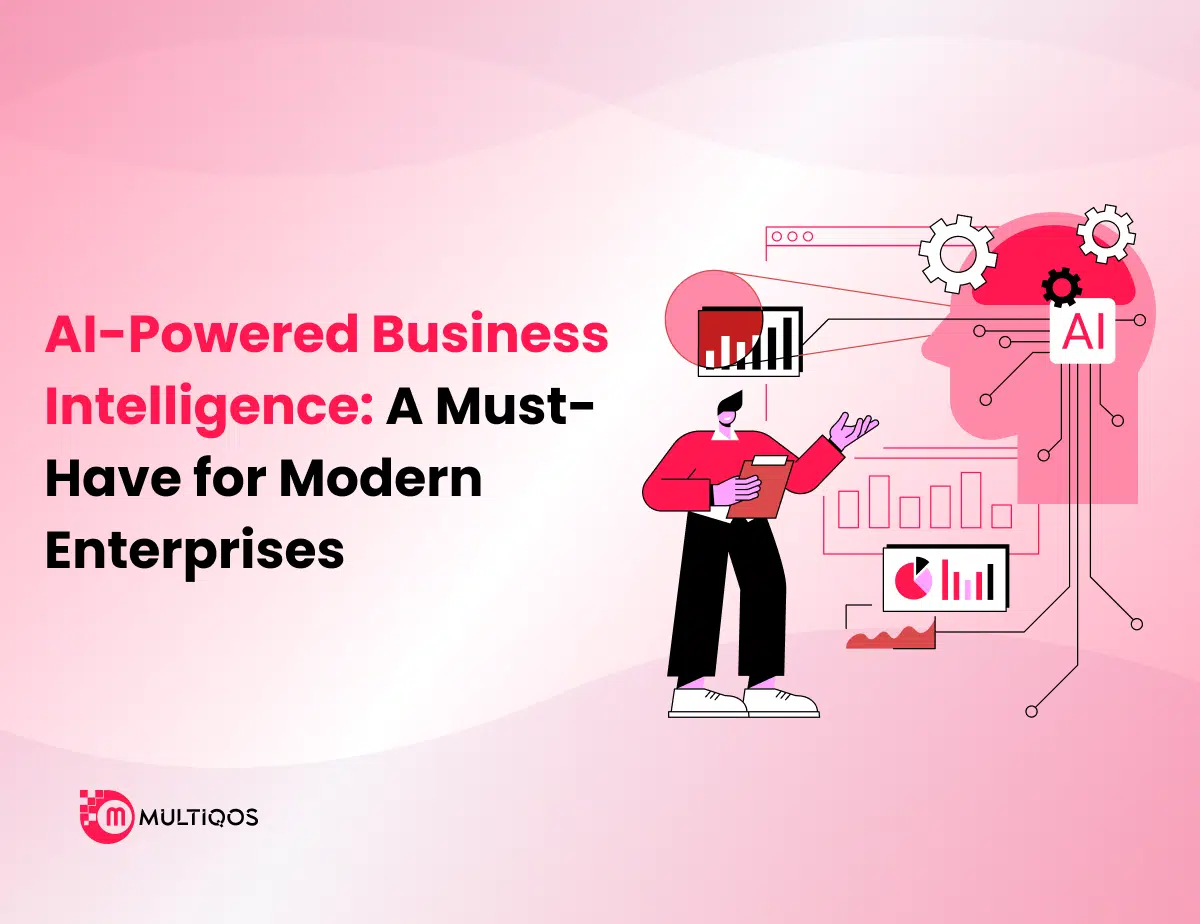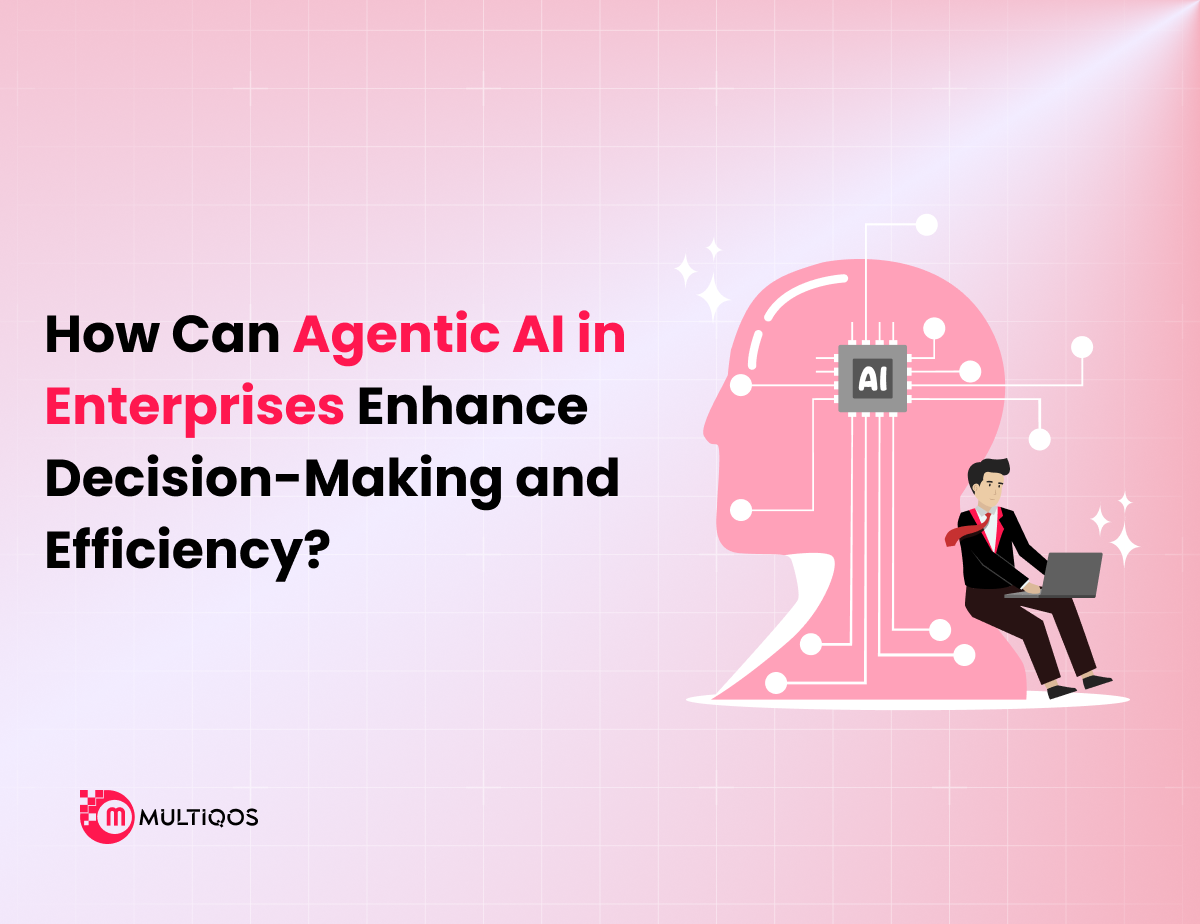Addressing the Biggest Technical Challenges in AI Development

Table of Contents
Summary:
Artificial Intelligence (AI) is transforming industries, but building and deploying AI systems comes with a unique set of technical hurdles. In this blog, we explore the most pressing AI challenges developers face today, including data quality and availability, model interpretability, scalability, ethical considerations, and system integration.
We delve into why these challenges matter, how they impact AI performance and reliability, and what strategies leading teams use to overcome them. Whether you’re building your first model or optimizing enterprise-scale AI, understanding these obstacles is crucial for successful development.
Introduction
The current generation of technology revolves around artificial intelligence (AI), enabling smart assistants, self-driving cars, autonomic predictive analytics, and much more. While AI provides multifold potential advancements, successful AI development bears complexities. There tends to be a set of technical issues that every intelligent application must preemptively deal with. Problems occur due to the lack of good quality data, non-informative model transparency, and limited capacity scalability.
This blog explains some of the complexities a developer faces in AI-integrated technology. No matter what your level of expertise is, understanding the outlined AI challenges will help you build reliable and efficient development models.
15 Major AI Challenges Developers Must Overcome
Here are the major AI challenges you need to consider and must overcome, have a look:
1. Data Quality and Availability
Accessing high-quality, diverse, and representative datasets is arguably one of the largest AI challenges. Training AI models requires precise and exhaustive data, which is often not available. Moreover, lacking, contradictory, and biased datasets give unreliable results and predictions. Businesses face challenges collecting appropriate data, let alone cleaning and labeling it, especially in domain-specific fields.
2. Data Privacy and Security
The use of private and sensitive data increases, and the need to secure and protect such data is mandatory for advanced technologies like AI. Constructing useful models while respecting GDPR, HIPAA, or CCPA regulations remains one of the greatest AI challenges. Ensuring anonymity, encryption, compliance, and privacy cannot be at the cost of performance.
3. Model Interpretability
Deep neural networks and other black-box models conceal their inner mechanisms, which makes understanding the rationale behind their decisions virtually impossible. In high-risk industries like medicine and finance, where trust and compliance are pivotal, the inability to provide valid reasoning becomes a fundamental AI problem.
4. Bias in AI Models
Out of all the AI development challenges, bias takes the top seat. AI models trained on biased data tend to yield unethical results. These biases stem from the training data being unbalanced as well as the algorithm’s inner workings. Finding and reducing bias as well as monitoring their impact, is important in the creation of responsible AI models.
5. Scalability
It is very difficult from a technical point of view to scale AI models for huge datasets, real-time calculations, and multiple simultaneous users. Legacy systems face an ongoing challenge of ensuring business agility, relative to other advancing AI technologies, along with optimal performance, reliability, and pace. This is worsened by the difficulties common with dealing with performance latency and managing a robust system’s performance.
6. Integration with Existing Systems
One of the real-world AI development challenges is merging new models with working systems, databases, and workflows. This usually demands some form of custom APIs, middleware, or system design to achieve proper alignment of function and data flow.
7. Real-Time Processing Requirements
Examples such as fraud detection, autonomous vehicles, and even cybersecurity require the rapid functioning of AI technologies. Not exceeding the limits of time without sacrificing fidelity is one of the significant problems of AI technology. It necessitates meticulously crafted frameworks and systems designed for instantaneous processing that demand very precise models.
8. Model Drift and Continuous Maintenance
AI models are not accurate indefinitely. Model drift occurs when there are changes to relevant real-world data over time, which can degrade a model’s performance. Addressing this challenge requires ongoing observation, retraining, and upkeep, usually employing automated systems to monitor for anomalies and initiate updates.
9. High Computational Costs
Training sophisticated models, especially those built on deep learning architecture, requires enormous amounts of computing power, from GPUs and TPUs to entire cloud infrastructure. Cost control remains an elusive AI problem, particularly for new startups or companies with limited financial resources.
10. Limited Access to Labeled Data
A significant problem facing industries like healthcare, law, and scientific research, where labeled datasets are either protected or not available, is the high cost and time burden needed to generate labeled data. This is especially troubling for supervised learning since it demands labeled data at scale.
11. Shortage of Skilled Talent
The advancement of technology includes AI-powered applications, however, there still remains a shortage of qualified personnel to fulfill existing roles in the workforce. A lot of firms still face problems with employment, such as a lack of skilled AI developers, data scientists, or even ML engineers; as a result, companies tend to struggle when they invest in means of AI.
12. Testing and Validation Complexity
Traditional techniques in software testing frameworks do not clearly correspond to AI systems. Since models give probabilistic results, confirming precision, evaluation, consistency, and fairness becomes more difficult. In this case, testing and QA becomes an AI problem, especially with regard to safety-critical systems.
13. Ethical and Regulatory Compliance
AI development now has to deal with a new set of scrutiny regulations and moral regulations. Addressing these demands is only one of many constraints linked with AI, which makes the technology’s design and business strategy quite complex. Fulfilling the standards of fairness, accountability, and transparency… is now mandatory.
14. Cross-Disciplinary Collaboration
Most AI projects require collaboration from a multitude of people, such as data scientists, software engineers, domain specialists, business executives, and even AI ethicists. Finding clear lines of communication and having a focused, unified objective is a very AI problem, and it either makes or breaks the entire project.
15. Generalization and Overfitting
Overfitting is a common problem in AI where models perform well with training data, and extremely poorly with novel, unseen inputs. Ensuring models properly generalize to new inputs with techniques such as cross-validation, regularization, and data augmentation leads to stronger systems.
Wrapping Up
Attention to the technical issues surrounding AI becomes crucial as it further develops and becomes entrenched in sophisticated business operations. The challenges experienced with artificial intelligence, like transparency with unstructured models, scalability, and ethical issues, are intricate and require careful strategic planning. They need persistent refinement.
These businesses are attempting to explore new areas while simultaneously seeking to gain an upper hand in the emerging markets. The right approach, which comes from skilled execution, addresses these dual challenges of technical requirements and competitive strategy.
Solutions able to withstand the test of time demand modern thinking, with AI development experts recognizing the dual-use nature of contemporary AI deployment. Hire AI developers from an experienced development company because the right team makes it possible to achieve real-world results.
FAQs
With regards to AI, the key technical challenges are: having bad data, interpreting the model, scaling it, maintaining privacy, model drift, and training data bias. Any of these factors can have a serious effect on the functionality and dependability of AI systems.
AI systems depend heavily on large databases of high-quality, well-structured data devoid of biases. Errors and inconsistencies in data introduce one or more of the following problems: predicting outcomes inaccurately, producing dubious results, and many others. That’s where the greatest difficulty in Artificial Intelligence stems from.
Addressing audit requires that bias cannot be reviewed without first applying systematic bias mitigation processes, like algorithmic fairness or when using diverse datasets. Solving bias directly relates to the ethical and technical hurdles of AI.
The performance of an AI model may begin to decline when its environment or data changes over time. This phenomenon is referred to as model drift. To address this challenge regarding AI, monitoring and retraining are essential.
Get In Touch







